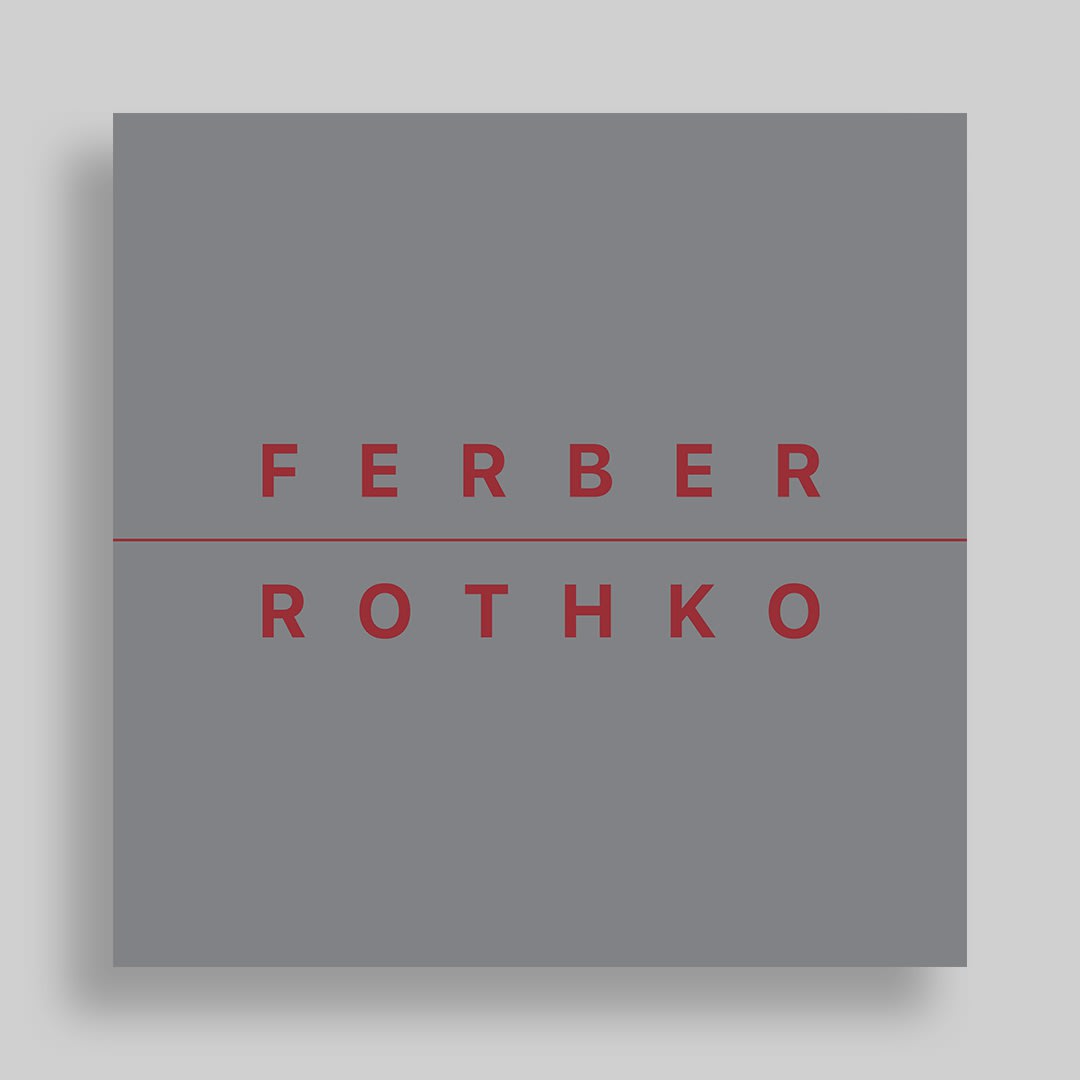Mark Rothko 1903-1970
"It is a widely accepted notion among painters that it does not matter what one paints as long as it is well painted. This is the essence of academicism. There is no such thing as good painting about nothing."
During a career that spanned five decades, Mark Rothko created a new and impassioned form of abstract painting. His work is characterized by rigorous attention to formal elements such as color, shape, balance, depth, composition, and scale; yet, he refused to consider his paintings solely in these terms.
By 1949 Rothko had introduced a compositional format that he would continue to develop throughout his career. Composed of several vertically aligned rectangular forms set within a colored field, Rothko's "image" lent itself to a remarkable diversity of appearances. In these works, large scale, open structure, and thin layers of color combine to convey the impression of a shallow pictorial space. Color, for which Rothko's work is perhaps most celebrated, here attains an unprecedented luminosity.
His classic paintings of the 1950s are characterized by expanding dimensions and an increasingly simplified use of form, brilliant hues, and broad, thin washes of color. In his large, floating rectangles of color, which seem to engulf the spectator, he explored with a rare mastery of nuance the expressive potential of color contrasts and modulations.
Alternately radiant and dark, Rothko's art is distinguished by a rare degree of sustained concentration on pure pictorial properties such as color, surface, proportion, and scale, accompanied by the conviction that those elements could disclose the presence of a high philosophical truth. Visual elements such as luminosity, darkness, broad space, and the contrast of colors have been linked, by the artist himself as well as other commentators, to profound themes such as tragedy, ecstasy, and the sublime. Rothko, however, generally avoided explaining the content of his work, believing that the abstract image could directly represent the fundamental nature of "human drama."
Mark Rothko was born Marcus Rothkowitz on September 25, 1903, in Dvinsk, Russia. In 1913 his family left Russia and settled in Portland, Oregon. Rothko attended Yale University, New Haven, on a scholarship from 1921 to 1923. He left Yale prematurely and moved to New York. In 1925 he studied under Max Weber at the Art Students League. He participated in his first group exhibition at the Opportunity Galleries, New York, in 1928. During the early 1930s Rothko became a close friend of Milton Avery and Adolph Gottlieb. His first solo show took place at the Portland Art Museum, Oregon, in 1933.
Rothko’s first solo exhibition in New York was held at the Contemporary Arts Gallery in 1933. In 1935, together with William Baziotes, Gottlieb, and others, Rothko founded the Ten, a group of artists sympathetic to abstraction and expressionism that exhibited until 1940. He executed easel paintings for the Works Progress Administration Federal Art Project from 1936 to 1937. By 1936 Rothko knew Barnett Newman.
In the early 1940s he worked closely with Gottlieb, developing a painting style with mythological content, simple flat shapes, and imagery inspired by so-called primitive art. By mid-decade his work incorporated Surrealist techniques and images. Peggy Guggenheim gave Rothko a solo show at Art of This Century, New York, in 1945. In 1947 and 1949 Rothko taught at the California School of Fine Arts, San Francisco. The late 1940s and early 1950s saw the emergence of Rothko’s mature style, in which frontal, luminous rectangles seem to hover on the canvas surface.
In 1958 the artist began his first commission, monumental paintings for the Four Seasons Restaurant, New York. The Museum of Modern Art, New York, gave Rothko an important solo exhibition in 1961. He completed murals for Harvard University, Cambridge, Massachusetts, in 1962 and in 1964 accepted a mural commission for an interdenominational chapel in Houston. Rothko committed suicide on February 25, 1970, in his New York studio. A year later the Rothko Chapel in Houston was dedicated, and in 1978, the Guggenheim Museum organized a major retrospective.


